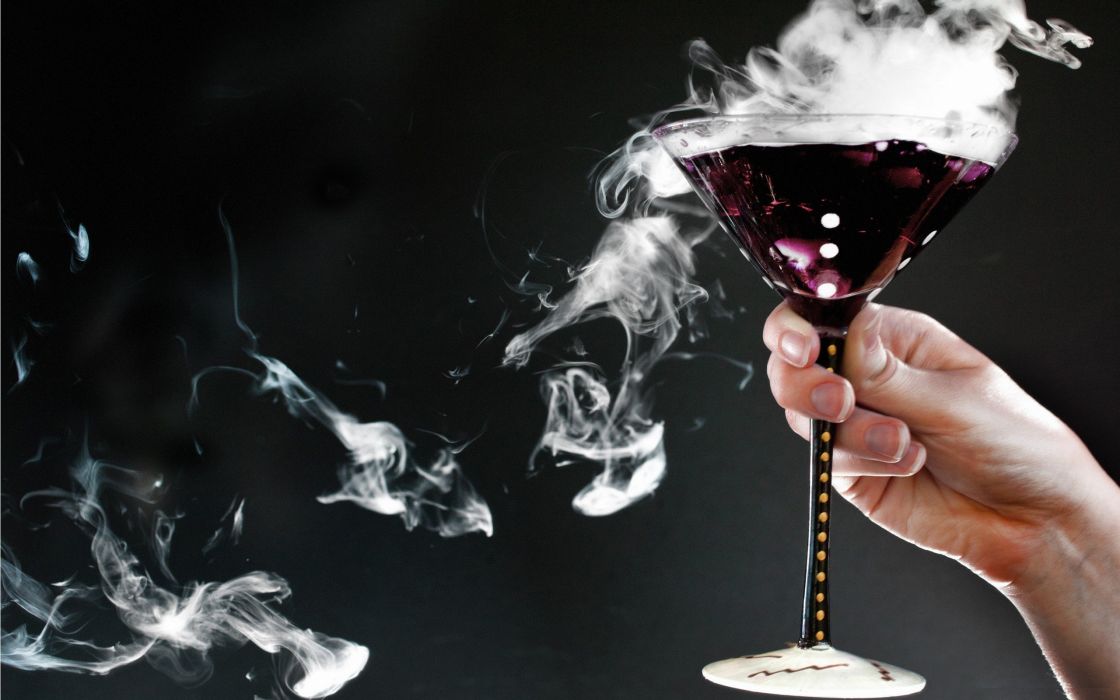Mithridatism is the practice of protecting oneself against a poison by gradually self-administering non-lethal amounts. The word is derived from Mithridates VI, the King of Pontus, who so feared being poisoned that he regularly ingested small doses, aiming to develop immunity.
Mithridates VI's father, Mithridates V, was assassinated by poisoning, said to be at his mother's orders. After this, Mithridates VI's mother held regency over Pontus until a male heir came of age. Mithridates was in competition with his brother for the throne and his mother began to favor his brother. Supposedly, during his youth, he began to suspect plots against him at his own mother's orders and was aware of her possible connection with his father's death. He then began to notice pains in his stomach during his meals and suspected his mother had ordered small amounts of poison to be added to his food to slowly kill him off. With other assassination attempts, he fled into the wild.
While in the wild, it is said that he began ingesting non-lethal amounts of poisons and mixing many into a universal remedy to make him immune to all known poisons.
After Mithridates' death, many Roman physicians claimed to possess and improve the formula. In keeping with most medical practices of his era, Mithridates' anti-poison routines included a religious component, supervised by the Agari; a group of Scythian shamans derived from Indian Aghoris who never left him.

It has been suggested that Russian mystic Rasputin's survival of a poisoning attempt was due to mithridatism, but this has not been proven.
Indian epics talk about this practice too. It has been said that, during the rule of the king Chandragupta Maurya (320–298 BC), there was a practice of selecting beautiful girls and administering poison in small amounts until they grew up, thus making them insensitive to poison. These maidens were called vishakanyas (visha = poison, kanya = maiden). It was believed that making love with vishakanyas could result in the death of their partners, hence they were employed to kill enemies.
The emperor Bindusara was the son of the first Mauryan emperor Chandragupta Maurya and his queen Durdhara. According to the Rajavalikatha, a Jain work, the original name of this emperor was Simhasena. According to a legend mentioned in the Jain texts, Chandragupta's Guru and advisor Chanakya used to feed the emperor with small doses of poison to build his immunity against possible poisoning attempts by the enemies.One day, Chandragupta, not knowing about the poison, shared his food with his pregnant wife, Queen Durdhara, who was seven days away from delivery. The queen not immune to the poison collapsed and died within a few minutes. Chanakya entered the room the very time she collapsed, and in order to save the child in the womb, he immediately cut open the dead queen's belly and took the baby out, by that time a drop of poison had already reached the baby and touched its head due to which the child got a permanent blueish spot (a "bindu") on his forehead. Thus, the newborn was named "Bindusara".

In practice
It is important to note that mithridatism is not effective against all types of poison (immunity generally is only possible with biologically complex types which the immune system can respond to) and, depending on the toxin, the practice can lead to the lethal accumulation of a poison in the body. Results depend on how each poison is processed by the body, ie, on how the toxic compound is metabolized or passed out of the body. In some cases, it is possible to build up tolerance against specific non-biological poisons. This involves conditioning the liver to produce more of the particular enzymes that metabolize these poisons (for example alcohol). However, this method (metabolic tolerance) isn't very reliable as too much generally causes accumulation of the reduced toxicity compound that the original poison was metabolized into, slowly damaging the liver. With alcohol this generally leads to conditions such as alcoholic fatty liver disease.
These methods do not work for all non-biological poisons. Exposure to certain toxic substances, such as hydrofluoric acid and heavy metals, is either lethal or has little to no effect, and thus cannot be used in this way at all. Arsenic is a notable exception with some people actually having a genetic adaptation granting them higher resistance which can be replicated with mithridatism.
In addition, simple toxins that work through chemical processes that bypass the immune system generally cannot be dealt with. One interesting minor subversion is cyanide, which bypasses the immune system, but can be metabolized by the liver. The enzyme rhodanese converts the cyanide into the much less toxic thiocyanate. This process allows humans to intake small amounts of cyanide in food like apple seeds and survive small amounts of cyanide gas from fires and cigarettes. However, unlike alcohol, one cannot effectively condition the liver against cyanide. Relatively larger amounts of cyanide are still highly lethal because while the body can produce more rhodanese the process also requires large amounts of sulfur-containing substrates.
Due to all these reasons, there are only a few, if any, practical uses of mithridatism. Venomous snake handler Bill Haast used this method. Snake handlers from Burma are said to tattoo themselves with snake venom for the same reason.


